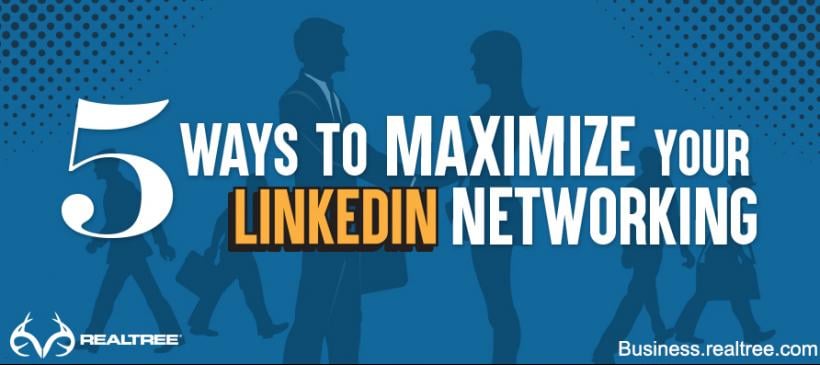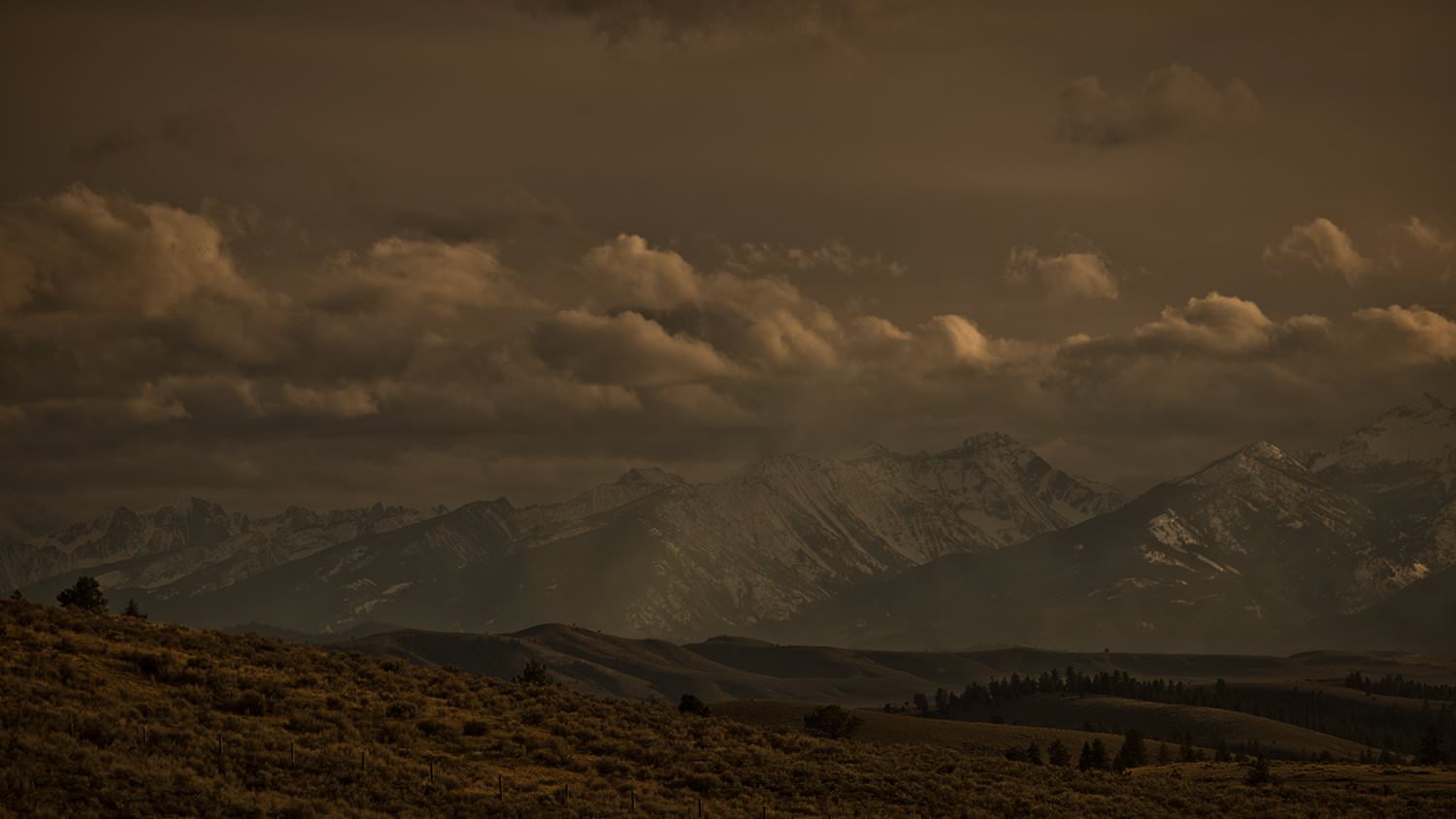5 Ways to Maximize your Linkedin Networking
- June 7, 2016
- By Adam Preston
- Marketing

Whether you're in retail or B2B, it's essential that you keep up with the trends, especially on the ever-growing social media networks. In my last blog 5 Reasons Why Social Video Is the Hot Hand, we talked about the importance of adding (or bolstering) online video to your business strategy. If you can master YouTube, you will be head and shoulders above your competition. But don't just rely on throwing some videos out there. You need to keep building your social media base so you can get it in front of as many eyeballs as possible.
That brings us to LinkedIn, a 14-year-old social media network that many folks believe is still "that other one" behind Facebook, Twitter and YouTube. It's not. In fact, LinkedIn might be the most important network for anyone whose main goal in social media is to attract new customers and/or business partners.
If you don't get LinkedIn, here's the nitty gritty:
1. It is the largest business social media network in the world.
2. Its demographic consists of highly educated individuals.
3. The average user's household income is $110,000.
4. The site says “professionalism.”
5. It easily allows you to add and maintain groups based off of your individual needs.
If you're not on LinkedIn or have only used it casually, of course, there's a learning curve to everything. However, our hunting / outdoors-lifestyle world is already pretty small, so it's not going to be as monumental of a task to hit the ground running. Take these three steps to get there:
Step 1: Forget (Most) Everything You Know About Social Media
A great way to succeed with LinkedIn is by viewing it in the exact same manner as your first professional job search when you graduated college. First impressions are everything with this social media site. Don't go live with that business profile page until you have it completely buttoned up. That means a 100 percent completion of all questions that LinkedIn asks. This is your company's resume, so to speak; you need to make sure it is as professional as possible.
Twitter is all about knee-jerk reactions to everyday events. Facebook is the social media's confessional. YouTube is the "hey, look at me ... I'm on TV!" video platform.
Linked-In can be all of those (and is in some cases), but it's also your one powerful outlet to show the world your serious side. It doesn't matter if you’re manufacturing fabric, selling archery equipment or repairing firearms, people want to confirm you are legit. A complete profile that includes a thorough history will give them even more reason to connect with you, consume your content and want to be associated with you or your brand for years to come.
Step 2: Connect with Everyone
When LinkedIn was first getting its legs more than 10 years ago, social media experts recommended against connecting with random individuals on LinkedIn. The thinking then was that if you didn't actually know the person, you shouldn't allow them to ride off your coattails on the site. That strategy has changed — at least for those who want to use LinkedIn to grow their brands.
Remember the demographics listed earlier in this blog: Nearly everyone on LinkedIn is already a qualified contact. Furthermore, invitations can be perused before accepting any potential connection. If you're worried about watering down your professional network, merely gander at their resume. You should be able to tell in 30 seconds whether or not that connection has the slightest value to your end goal. There is strength in numbers, and you want a big network of qualified individuals. You can get that on LinkedIn.
That all being said, it's wise to only "recommend" those who you actually know. Again, think back to that first job search. How many times have you heard of a young go-getter putting someone on his or her resume without a) asking that person for permission, or b) without really having known the person? It always backfires. Always.
Step 3: Devise Your Marketing Strategy
Don't just stand pat with your other social media upload strategies. Your Facebook voice needs to be different than your LinkedIn voice, as do your messages. Content and marketing strategies that work well on one might not work or be possible on the other. Example: Facebook is great for running sweepstakes and stirring emotions. YouTube allows instant video feeds to your followers.
With LinkedIn, the message usually needs to be more contemplative and serious. Outdoor businesses, for example, often use LinkedIn to post industry news, job openings and tech updates. Mom-and-pops, on the other hand, use the network to link back to content on their own websites in an attempt to educate new customers to their product offerings.
Two other top marketing tactics you should employ include:
•Posting links to your online profile pages and/or blog entries.
This will keep your name and background in front of people on a regular basis, which will increase your visibility on the network.
•Sharing links to relevant content from other sites.
Stick to quality content. You can distinguish yourself as one who only shares great reads. That will boost your stock.
Take a Bonus Step
Once you get your LinkedIn page up to snuff, you can dive into the network's extremely valuable demographic tools. At the top of that list is LinkedIn's Publisher Stats tool. This program allows you to dissect your contacts' interactions with precision. You can not only learn how many people engaged with your posts, you can see how much time they spent reading your contributions, when they read them (most popular days and times), and find out which parts of the industry these individuals work in.
Let's say you're a hunting industry rep and you connect with folks from all ends of the business. Through LinkedIn Publisher Stats, you might learn that your bowhunting connections are more active on weekday nights, while your firearms dealers are more active on weekend nights. You'd be surprised at the trends that come through on this thorough tool. It's not Big Brother, but it sure is insightful on personal content consumption trends.
You Might Also Like >>
5 Ways to Improve Your Outdoor Social Media Reach
3 Big Mistakes to Avoid in Outdoor Social Media
Using Dedicated Social Posts to Build Outdoors Brand Awareness
